
THE WOODS OF LISNAGRA
High on the bleak moorland of Lisnagra
There is a shady wood of swaying trees
That creak and groan when bowed and tempest tossed.
A sandy track emerges from the wood
Winding o’er the moor of Lisnagra
To meet the mountain boulders strewn and wild
Where white marsh flowers bow before the gale.
And overhead the lonely curlew flies
Uttering screams that pierce the solitude
And echo far o’er mountain, lake and fall.
Eithne Anderson. (extract)
The poem is taken from a press cutting found in a copy of THE FAMILY HISTORY OF HART OF DONEGAL by Henry Travers Hart in 1907. Only 40 books were printed for family distribution and only a handful exist in Donegal. There is one copy in Letterkenny library. The author is Eithne Anderson who lived in Yorkshire but she had no family connection with the Hart family and the poem may have been written after the book was published in 1907. Anderson was a common name in Upper Moville parish.
The woods at Lisnagra are west of Muff and can be reached by turning right at Harkins on the way to Derry. They featured recently on RTE and BBC but are not generally known as a tourist attraction. Some visitors have seen squirrels emerge from the wood and they are quite numerous. A walk through the woods on a warm day is something to remember.
The Hart bookplate is shown here with the motto COEUR FIDELLE. In the book, the second L is deleted probably by a family member. FIDELLE may have been the original old French spelling of the word “fidèle”. Unusually, the motto is in French translating as Faithful Heart. The family seat was at Muff with other connections at Carrablagh in Fanad and at Doe Castle where George Vaughan Hart planted his initials GVH on the wall facing the sea. A nice piece of historical graffiti.
Time has moved on and the curlew is now an endangered species. Farmers in certain areas who enter environmental schemes will be paid up to 4,000 euro to engage in programmes of conservation to protect the curlew. Much of the damage has been done by afforestation as the curlew laid its eggs on the ground and the forests have attracted large numbers of foxes which devour the eggs. I have not heard a curlew in Inishowen for years.
I had a lot of correspondence with the late Frank Hart of Muff but as he has passed on, I am still searching for more information about the author of the poem.
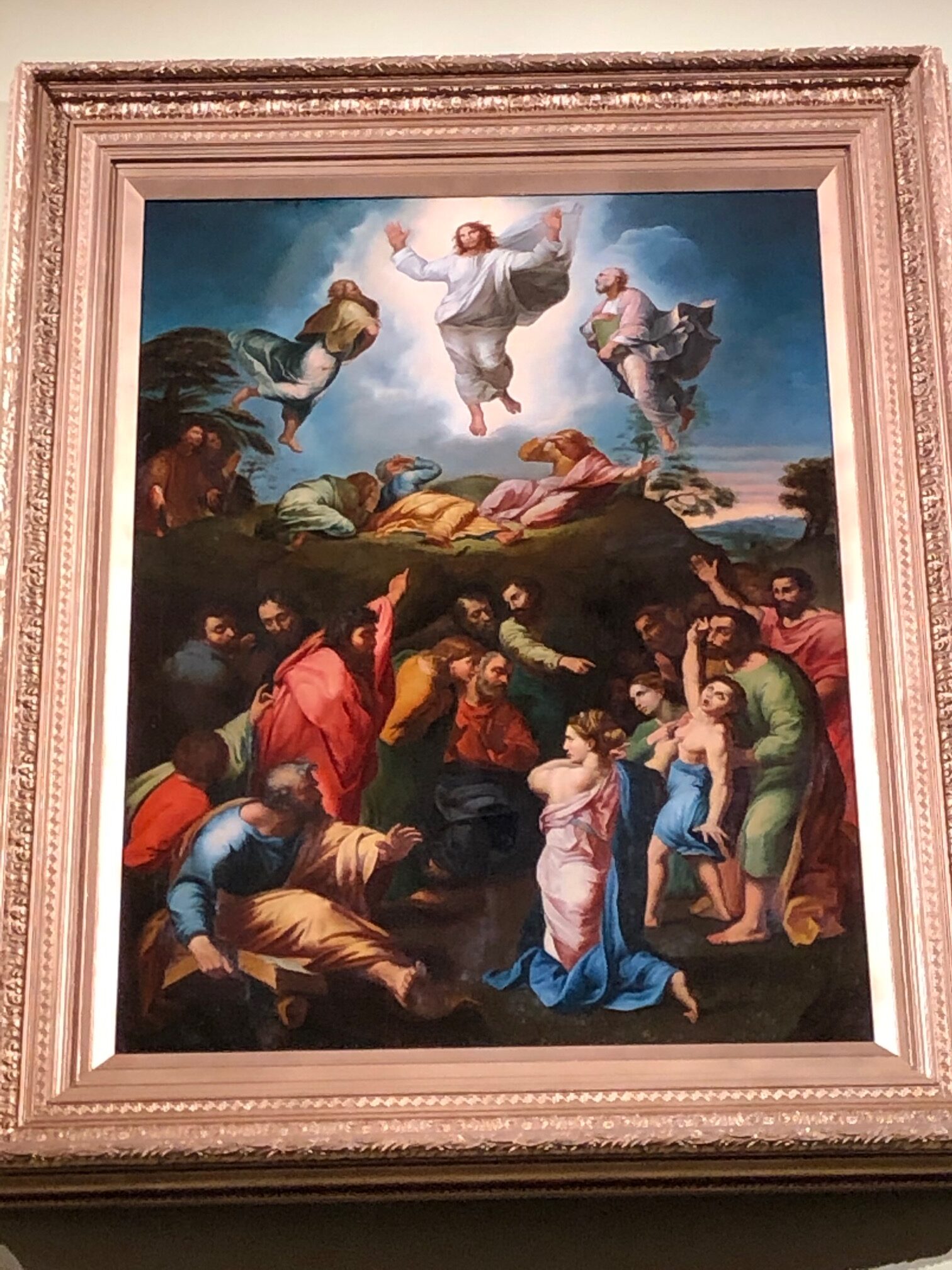

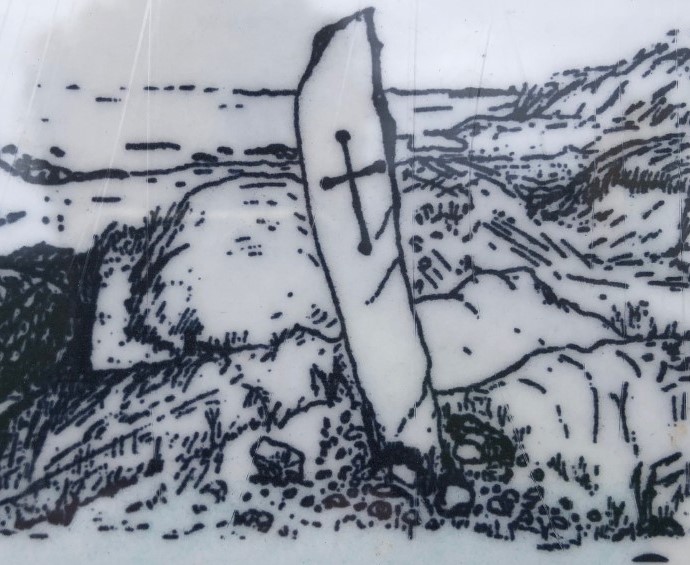
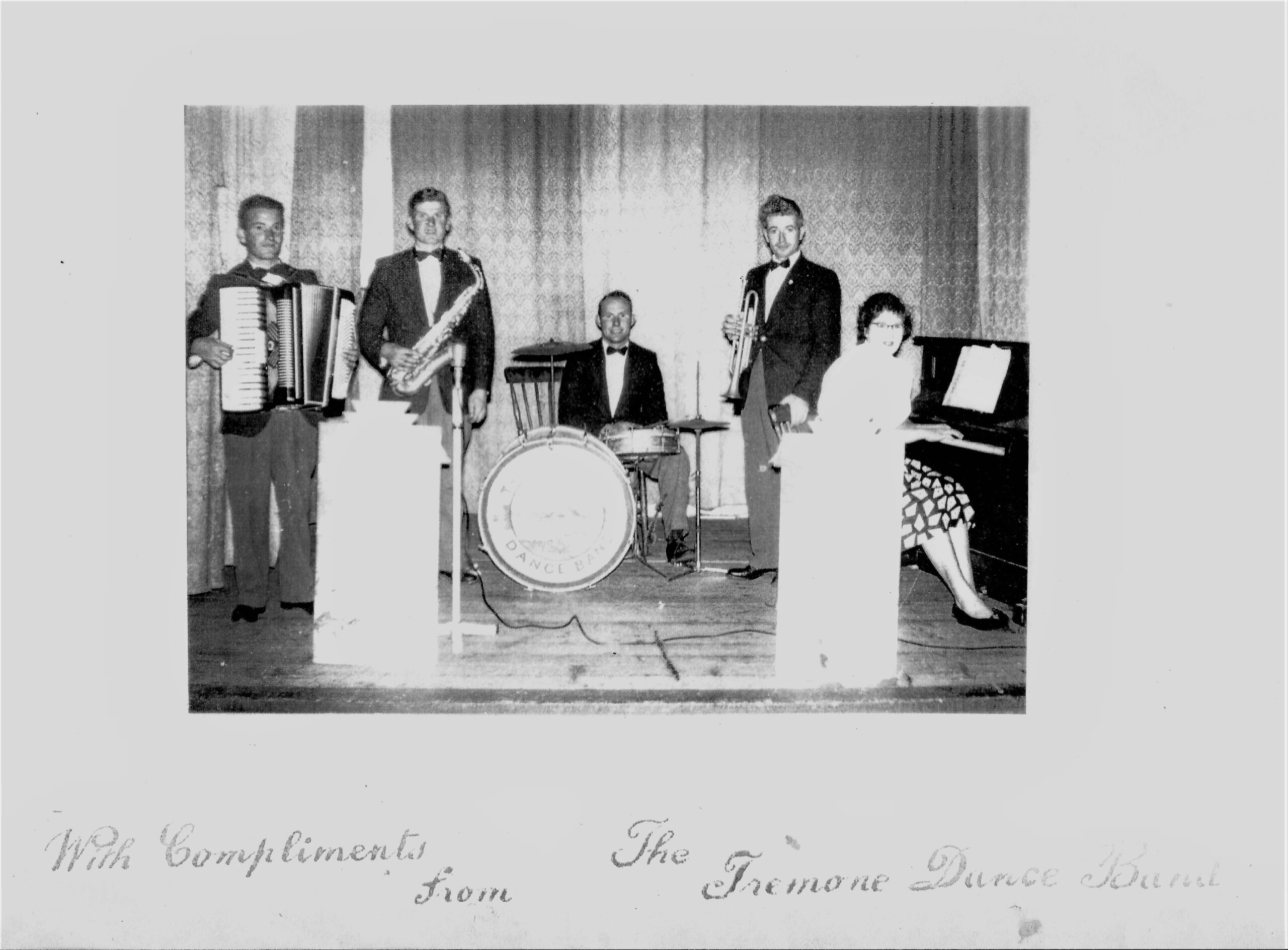
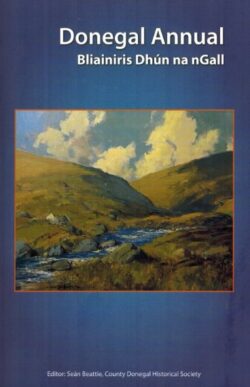
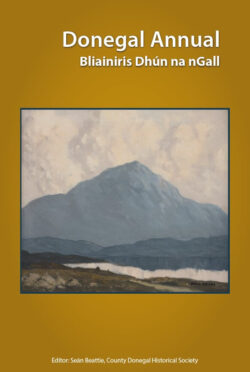
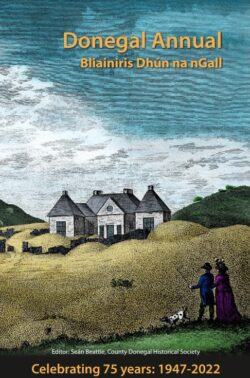
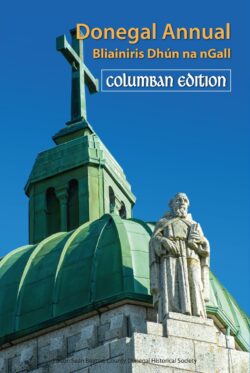
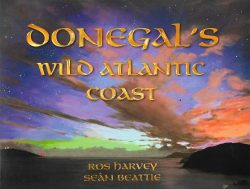
mogue1ohara
My twin brother and I lived in Muff in the 1940s and went to Carnamoyle National School. We turned left up the White Hill Brae (where Harkins shop is now), the ‘sandy track’ that Eithne
Anderson says went ‘Winding o’er the moor of Lisnagra’ into the ‘shady wood of swaying trees’ that we found – and still find – enchanting and delightful. My daughter, Kathleen, who lives near Greencastle told me she was there recently with her three children, drawn back once again to experience the allure of that magic place that I introduced her to when she was a child. I shall forward your post on to her and I know she’ll appreciate it as much as I do. Thank you.
admin
Thanks for your personal memories Aiden. I quoted only half the poem. It has very interesting vowel sounds which are part of the internal rhyme. To my shame, I first visited this place only this year but that is Donegal – always something new to discover. You know Muff well. Sean